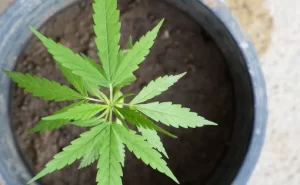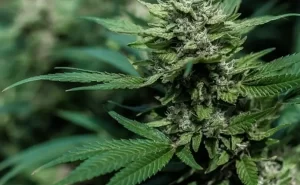The US federal government intends to reclassify Marijuana from a Schedule I to a Schedule III Drug
Yes, there have been recent developments in the classification of marijuana by the United States Federal Government. Here is a breakdown of the scenario. Reclassification Proposal: The United States Department of Justice (DOJ) has proposed reclassifying marijuana from Schedule I to Schedule III.
Schedule I versus Schedule III:
Schedule I medications are those with a high potential for misuse and no currently acknowledged medicinal purpose. Examples include heroin and LSD.
Schedule III medications have a moderate to low misuse potential and specific currently approved medicinal applications. Examples include ketamine and certain anabolic steroids.
Potential Impact: Marijuana’s reclassification has long been a source of passionate discussion. If adopted, this reclassification would be a big step toward recognizing marijuana’s possible therapeutic use and removing it from the category with the most restrictions.
Marijuana is currently classed as a Schedule I substance under the Controlled Substances Act.
This would enable additional research into the plant’s therapeutic characteristics, potentially leading to new remedies for a wide range of medical ailments.
Marijuana is currently classed as a Schedule I substance under the Controlled Substances Act. This grade indicates a high misuse potential and no approved medicinal use. However, many scientists and supporters claim this classification is outdated and based on incorrect information.
In recent years, there has been a growing amount of evidence supporting marijuana’s therapeutic potential. It has been proven in studies to be beneficial in treating chronic pain, chemotherapy-induced nausea and vomiting, and muscle spasms in multiple sclerosis patients, among other disorders.
Despite this data, the federal government has been sluggish in acknowledging the potential medical benefits of marijuana. Researchers have found it challenging to examine the plant due to the complicated web of regulations and prohibitions.
Eliminate some of the legal restrictions that currently prevent people from using marijuana for medical purposes.
If the categorization of marijuana is finalized, it will be a significant step toward altering this. It would enable additional research into the plant’s therapeutic characteristics, potentially leading to new remedies for a wide range of medical ailments. It would also eliminate some of the legal restrictions that currently prevent people from using marijuana for medical purposes.
It would not legalize marijuana on the federal level, but it might have significant ramifications:
It increased research opportunities. Medical marijuana may become more accessible in legal states, thereby lowering legal hurdles for enterprises in the marijuana market.
Overall, marijuana’s categorization is a critical topic with far-reaching consequences for patients and researchers. Governments must address this issue with caution and evidence to guarantee that patients have access to safe and effective therapies.
The DOJ intends to reclassify marijuana from Schedule I to a lower-risk Schedule III drug.
Current Status: The proposal is being reviewed. The DOJ must solicit public feedback before finalizing the regulation, which could take months and may involve legal battles.
The United States is ready to reduce prohibitions on marijuana in a historic change, but it will remain a banned narcotic. The DOJ intends to reclassify marijuana from Schedule I to a lower-risk Schedule III drug. It’s vital to highlight that this is a developing issue, and the outcome is unknown.













